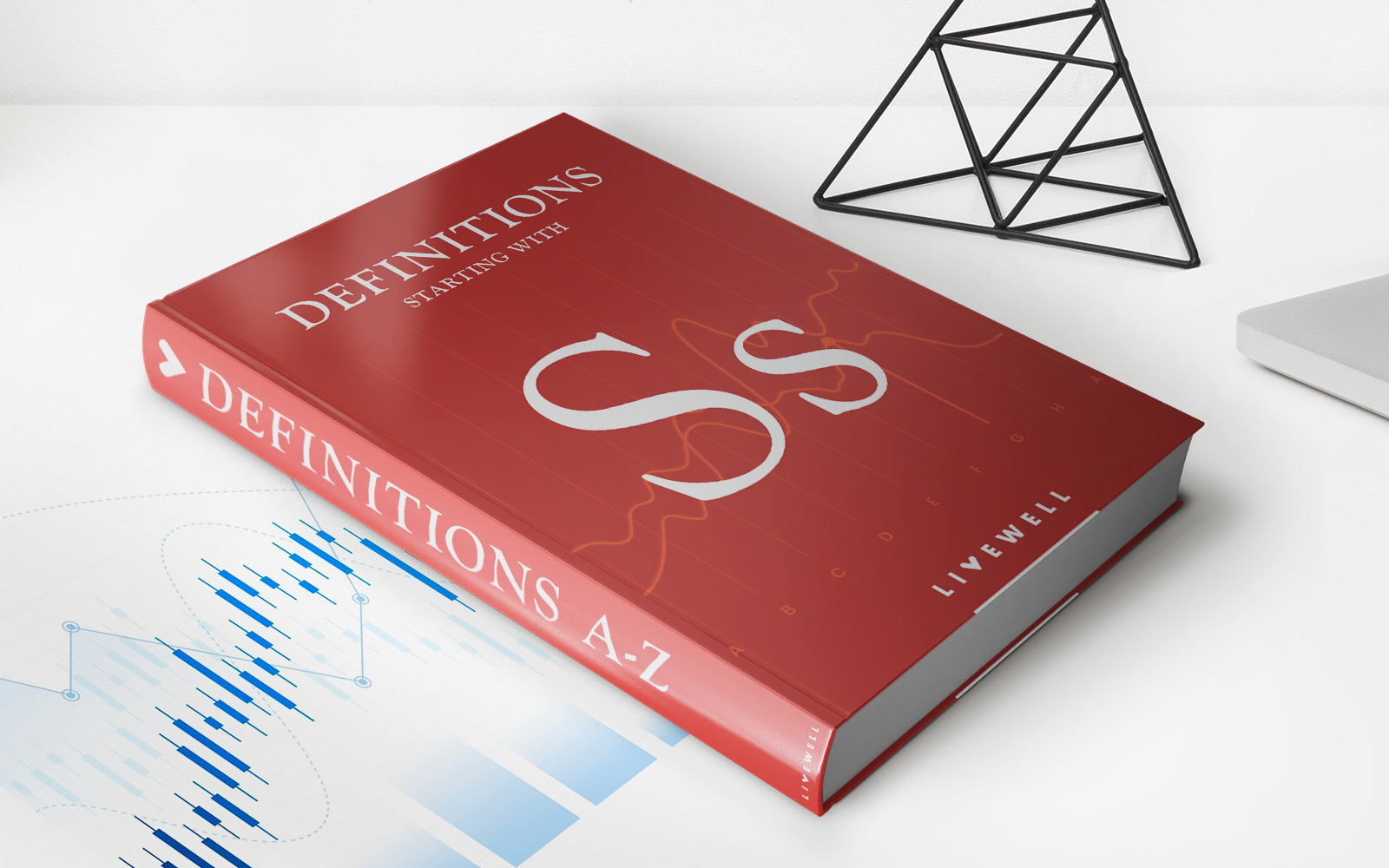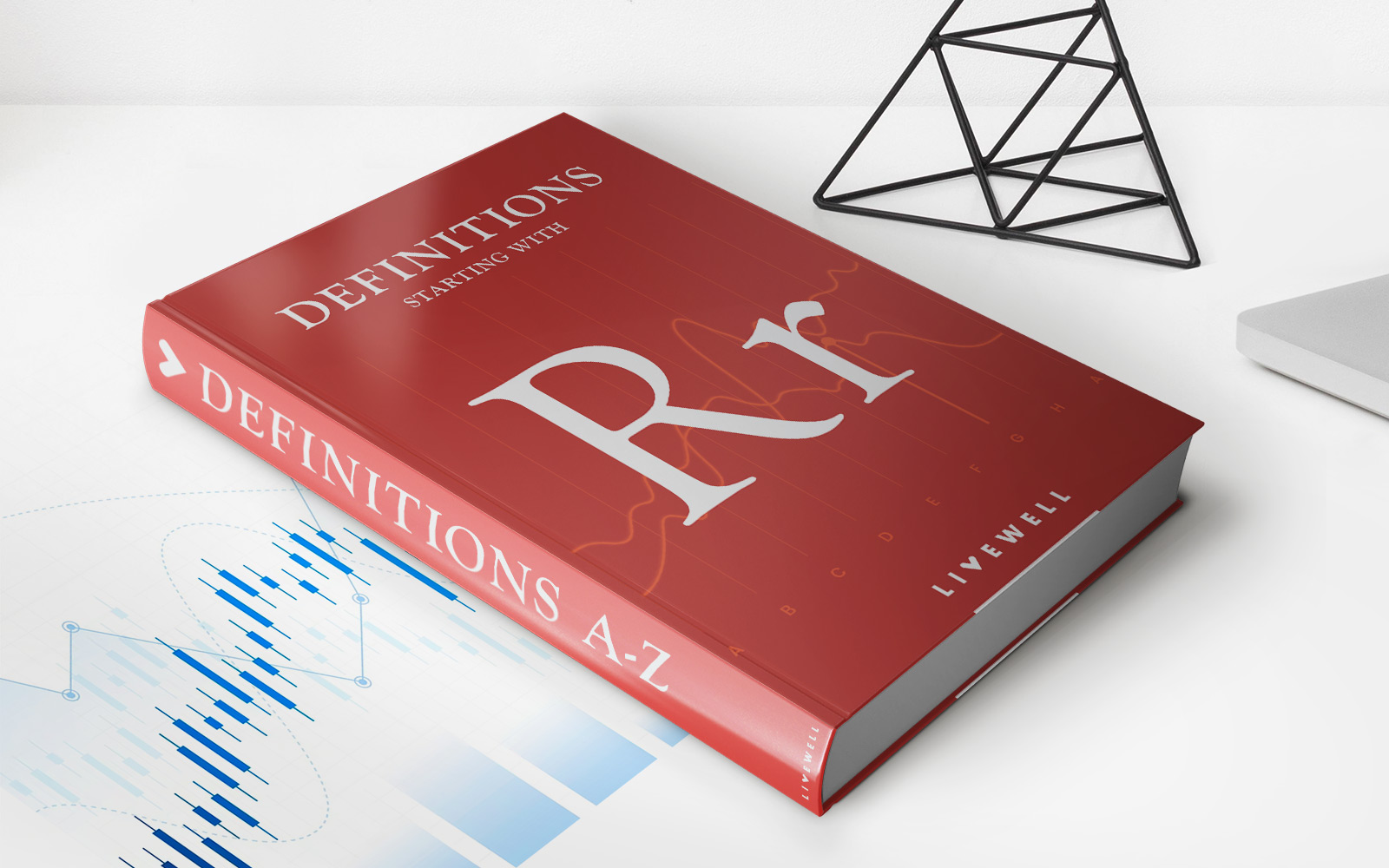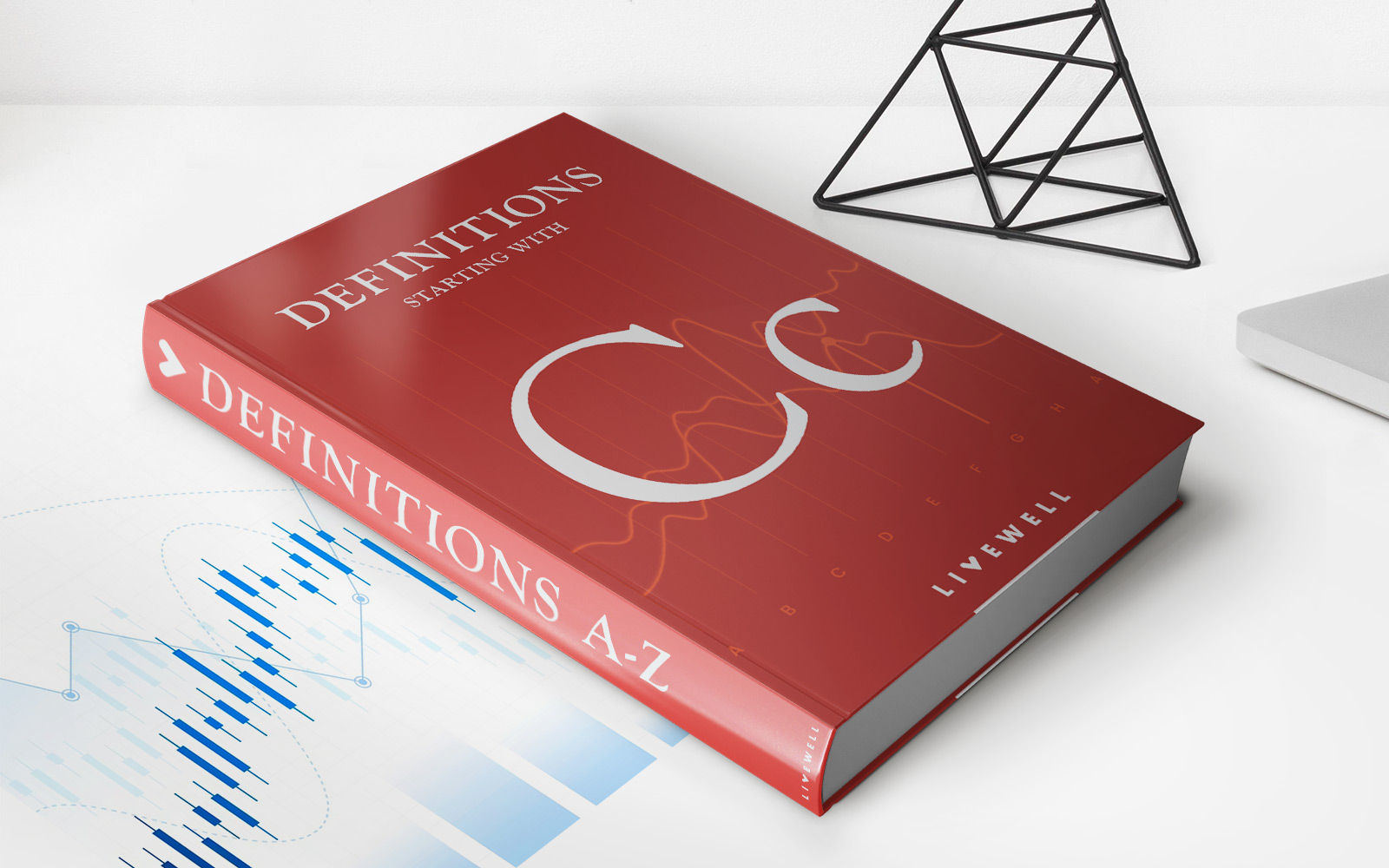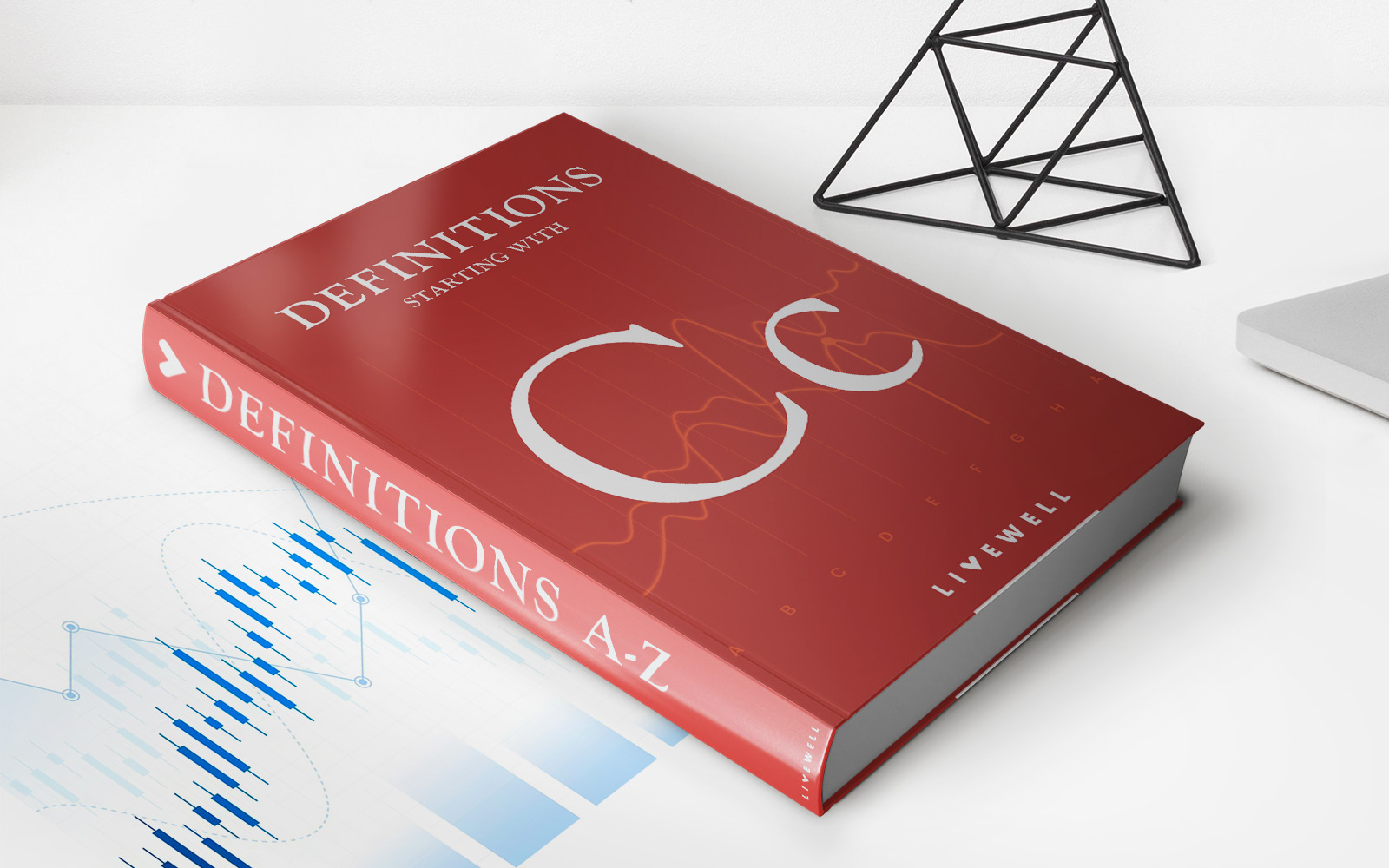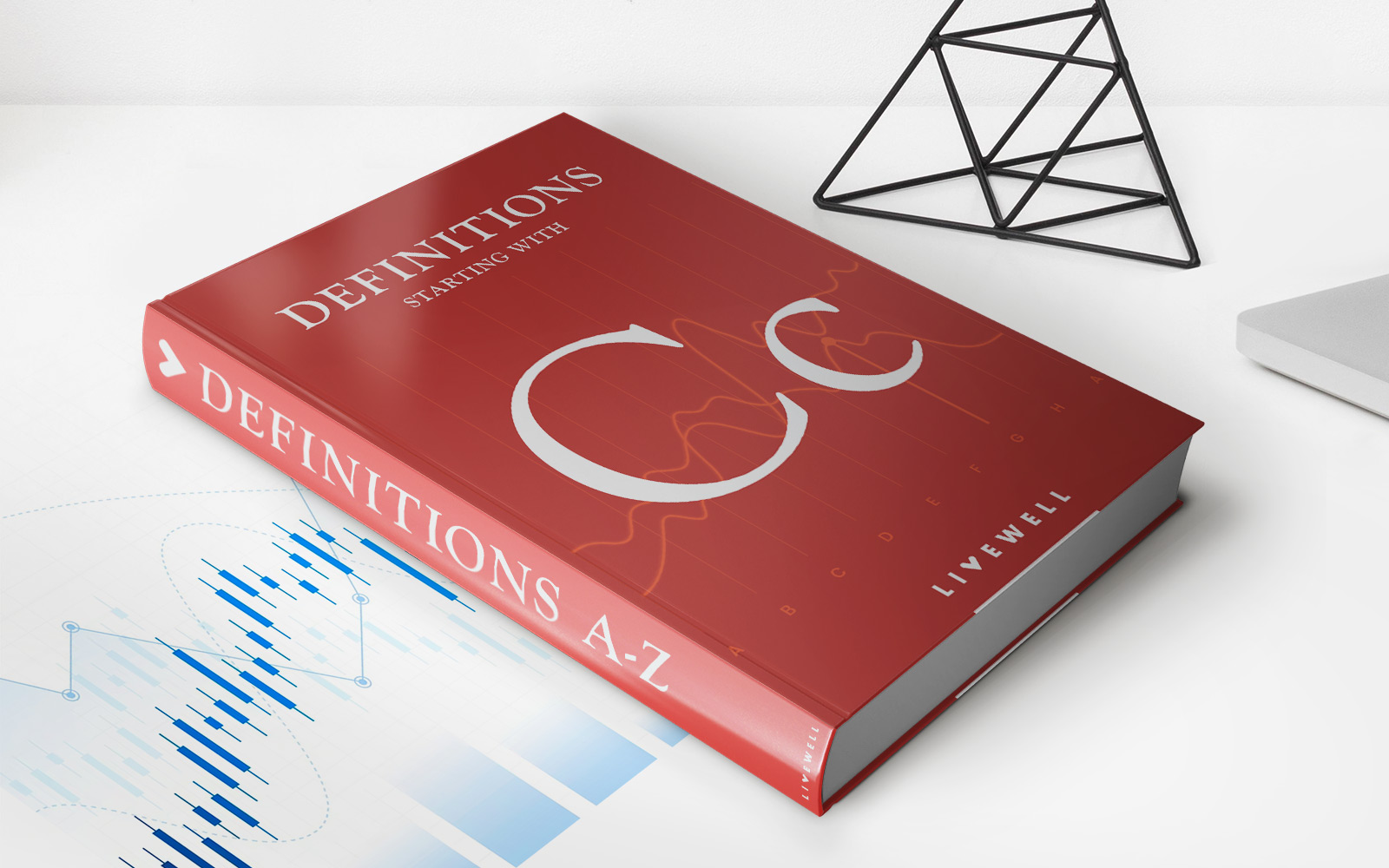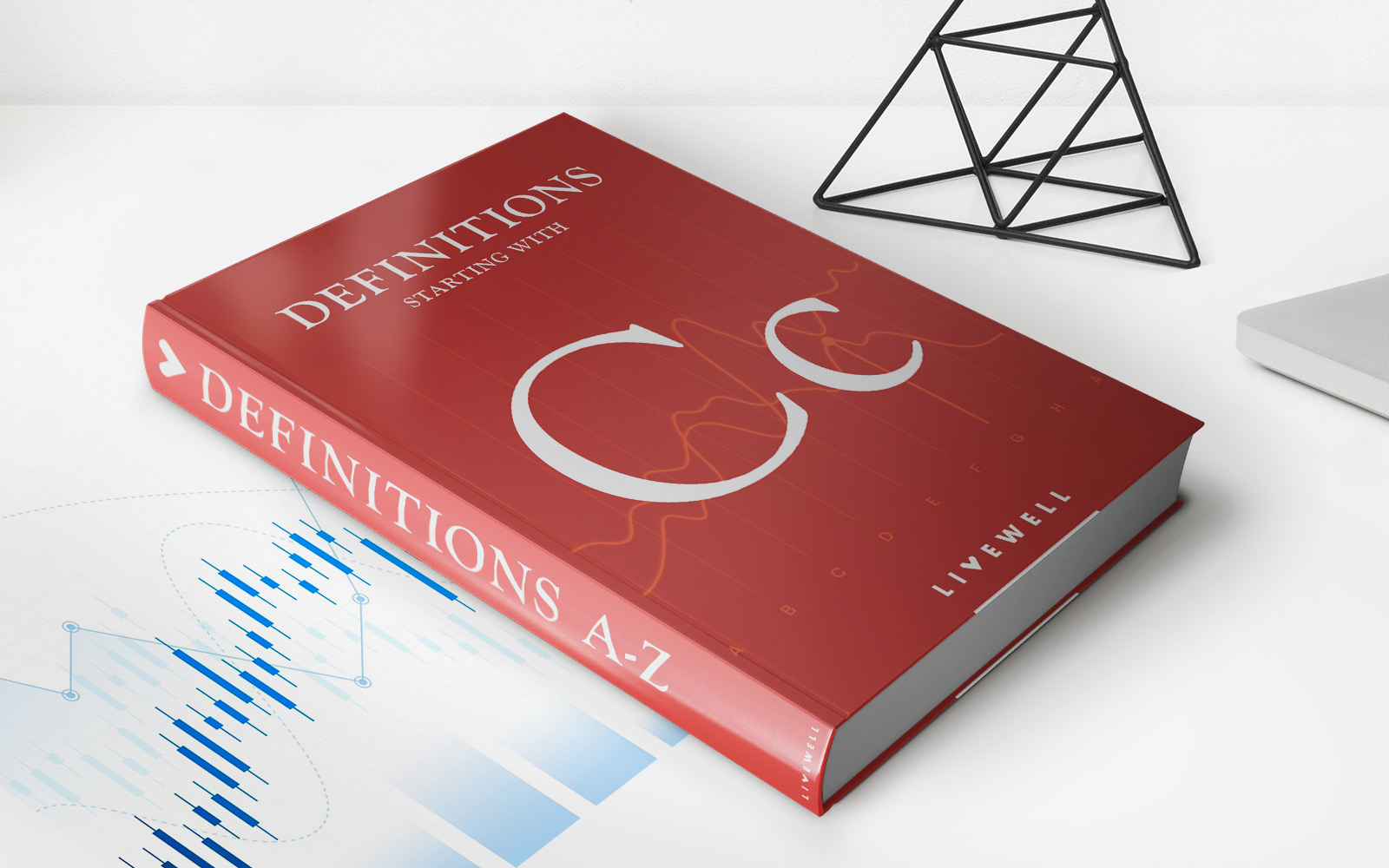Home>Finance>Consumer Cyclicals: Definition, Examples, Vs. Noncyclicals
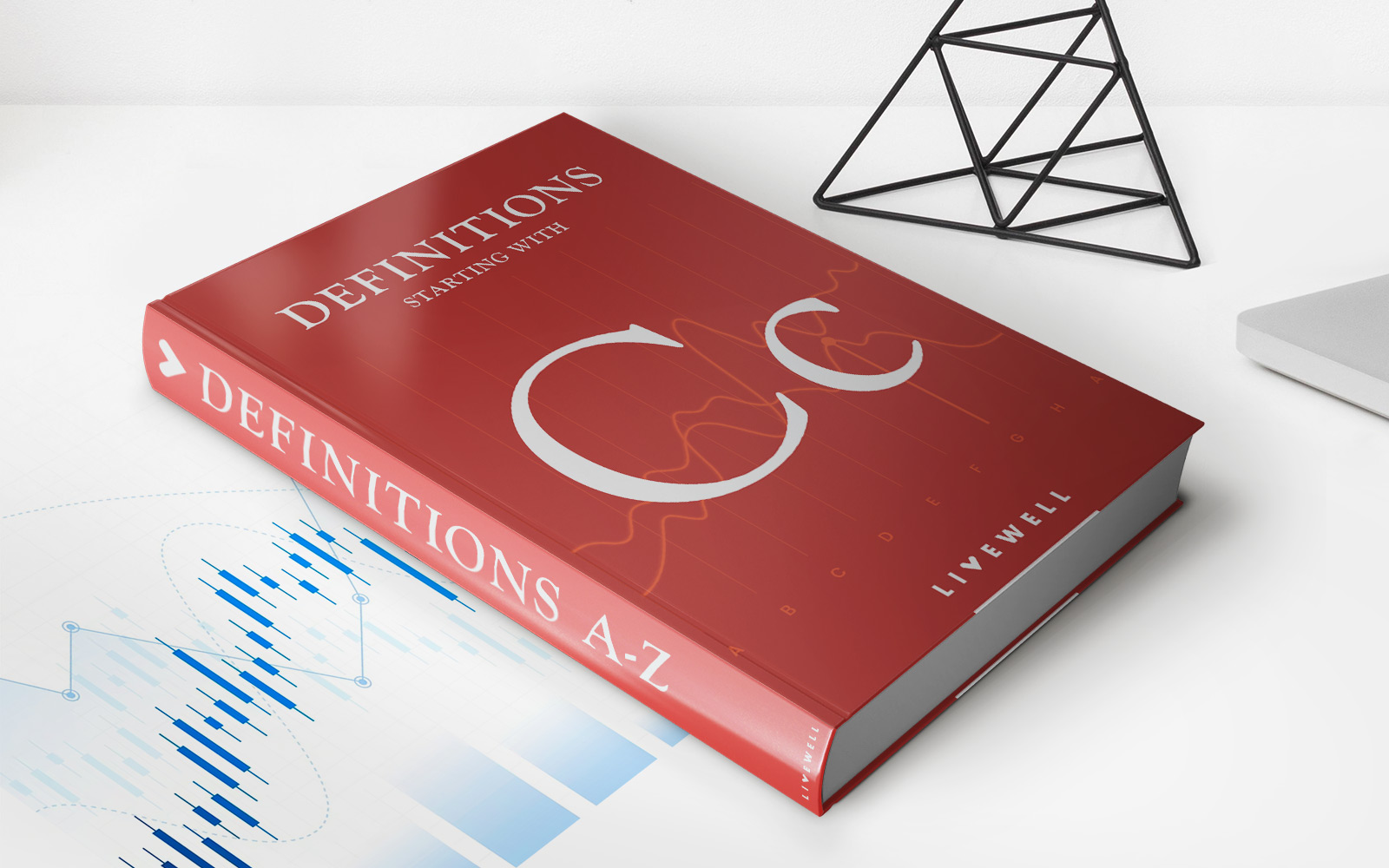

Finance
Consumer Cyclicals: Definition, Examples, Vs. Noncyclicals
Published: November 1, 2023
Discover the difference between consumer cyclicals and noncyclicals in finance with our comprehensive definition and real-world examples.
(Many of the links in this article redirect to a specific reviewed product. Your purchase of these products through affiliate links helps to generate commission for LiveWell, at no extra cost. Learn more)
The Importance of Understanding Consumer Cyclicals in Finance
When it comes to navigating the world of finance, it is crucial to have a solid understanding of different investment categories. One such category is consumer cyclicals, which plays a significant role in shaping the economy. In this blog post, we will explore the definition of consumer cyclicals, provide examples, and discuss how they differ from noncyclicals. If you are looking to expand your financial knowledge, this is the perfect place to start!
Key Takeaways:
- Consumer cyclicals are stocks or companies whose performance is heavily influenced by economic cycles.
- Understanding the distinction between cyclicals and noncyclicals can help investors make informed decisions based on market conditions.
Defining Consumer Cyclicals
In the world of finance, consumer cyclicals are a specific category of stocks or companies that are heavily influenced by the overall state of the economy. These stocks tend to perform well during times of economic expansion when consumers have more disposable income to spend on non-essential goods and services. However, during economic downturns, particularly during recessions, consumer cyclicals are often hit the hardest as consumers tighten their budgets and prioritize essential expenses.
Consumer cyclicals encompass a wide range of industries, including retail, automotive, hospitality, and leisure. Some well-known examples of consumer cyclicals include companies like Walmart, Ford, and Marriott International. These companies typically experience fluctuations in demand and profitability based on the overall health of the economy.
Consumer cyclicals can be characterized by:
- Demand for non-essential goods and services
- Higher sales during economic expansions
- Lower sales during economic contractions
- Fluctuating stock prices based on economic trends
Consumer Cyclicals vs. Noncyclicals
While consumer cyclicals are heavily impacted by economic cycles, noncyclicals, also known as consumer non-discretionary stocks or defensive stocks, tend to be more resilient during economic downturns. Noncyclicals encompass industries such as healthcare, utilities, and consumer staples. These sectors provide essential goods and services that people need regardless of the state of the economy.
Some key differences between consumer cyclicals and noncyclicals include:
- Sensitivity to economic cycles: Consumer cyclicals are highly sensitive to economic fluctuations, experiencing significant ups and downs based on the state of the economy. Noncyclicals tend to be less affected by economic downturns and may experience more stable demand throughout economic cycles.
- Consumer Behavior: During economic expansions, consumers tend to have more disposable income and are more likely to spend on non-essential items. In contrast, during economic downturns, consumers prioritize essential goods and services, which benefits noncyclicals.
- Stock Performance: Consumer cyclicals typically have higher beta values, indicating they are more volatile compared to noncyclicals. This volatility can lead to larger potential returns during economic expansions, but also higher risks during downturns.
Understanding these distinctions is crucial for investors as it allows them to make informed decisions about their portfolios based on the current and projected state of the economy. Having a mix of both cyclicals and noncyclicals in a portfolio can provide diversification and mitigate risks associated with economic fluctuations.
In Conclusion
Consumer cyclicals are an essential category in the world of finance, representing stocks and companies that are heavily influenced by economic cycles. By understanding the differences between cyclicals and noncyclicals, investors gain valuable insights into market trends and can make informed decisions. Whether you are a seasoned investor or just starting, recognizing the impact of consumer cyclicals on the economy is crucial for success in the financial world.
Key Takeaways:
- Consumer cyclicals are stocks or companies whose performance is heavily influenced by economic cycles.
- Understanding the distinction between cyclicals and noncyclicals can help investors make informed decisions based on market conditions.
